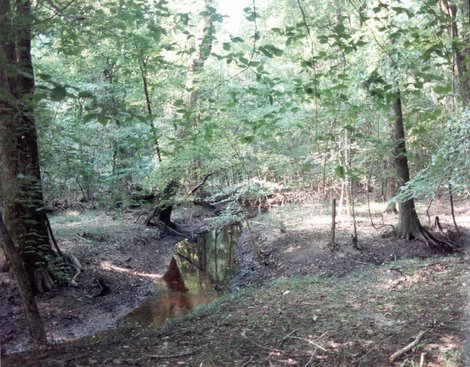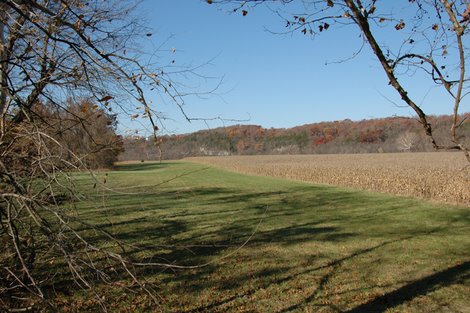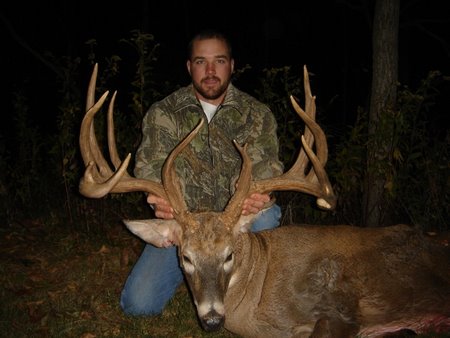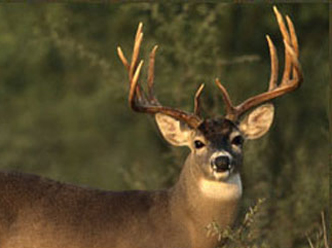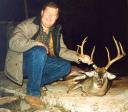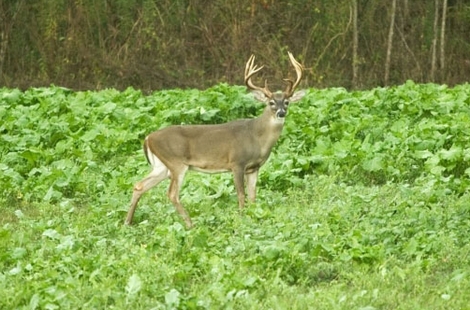You had planned on bagging your buck early in the deer hunting season, but that time has come and gone. An unsuccessful early season strategy, a lack of hunting time, or just plain bad luck has left your freezer empty. So now what? Although early season hunting brings its own set of challenges, such as hot weather, chiggers, ticks, dense foliage, and abundant food resources, the late season can be that much tougher times 10!
Why? For one, there are less deer in the woods. Depending on the area you hunt, the number of bucks already harvested this season could comprise from 20 to 50% of the buck population! In additon, the bucks that remain are well-educated and know the game. And to make matters worse, the rut is pretty much over. Bummer.
By now, you are probably wondering where you can possibly go from here to find a nice buck. Well, here are a few late season hunting tips that may help you score big before time runs out.
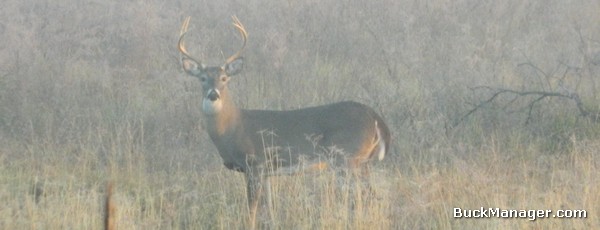
1. Look for Quiet – Most hunters will hunt the first few days or weekends of the season and then bag their deer, simply give up, or run out of time. The places they hunted have been undisturbed for a while and the local deer know this. Look for areas that have received little disturbance since mid-season and secluded feeding areas such isolated food plots or feeders that receive little attention. Areas that have had little to no hunting pressure are prime late season hunting hot spots.
2. Hunt the Moon – You’ve heard this one before, but late season can be more important than ever for timing the moon phases. Deer naturally become more nocturnal during the winter in part because of the energy benefits they receive by resting during the day when it’s a bit warmer and moving around to feed at night when it’s colder. However, during the dark of the moon or several nights with heavy cloud cover, deer will much more active in the mornings.
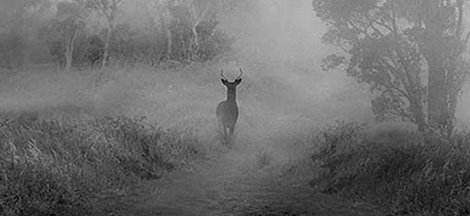
3. Hunt the Weather – Time your hunting with not only the moon, but with cold weather and cold fronts. In the southern U.S., this can be the most important thing a hunter can do in late season. Although winter temperatures can be relatively mild by northern standards, a good cold front can drop the nightly low temperatures into the teens and keep the daily high temperatures below freezing for several days. This cold weather requires high energy consumption by smaller-bodied southern deer — and they get hungry! Time your cold weather with the moon, and the chances of catching that hungry mature buck moving around, especially during the morning, increase significantly.
4. Go Untraditional – If you have set blinds, stands, or areas that you or others typically hunt in your area, get away from them! Deer pattern people as much or more than people pattern deer. Going untraditional may mean hunting between hunting blinds or areas where hunters are normally set up. Find un-hunted upland travel corridors as well as wooded creeks and bottomlands deer love. Mature whitetail bucks know the weak spots in your “normal” game plan. They can walk across a property without being spotted, even if it means going across a wide open field where he knows you are not. Also, consider hunting untraditional areas at untraditional times, especially during a full moon. During a full moon, deer move more during mid-day, and if you are in the “wrong” place at the “wrong” time, you might just surprise ole big boy!

So there you have it. These four late season hunting tips have worked for me in the past over and over again. I’ve bagged many whitetail deer in places that no one ever thought to hunt at times when others were back at camp eating lunch. Of course, these hunting tips aren’t going to work every time, but I wouldn’t bet against them during a few days of late season hunting.
